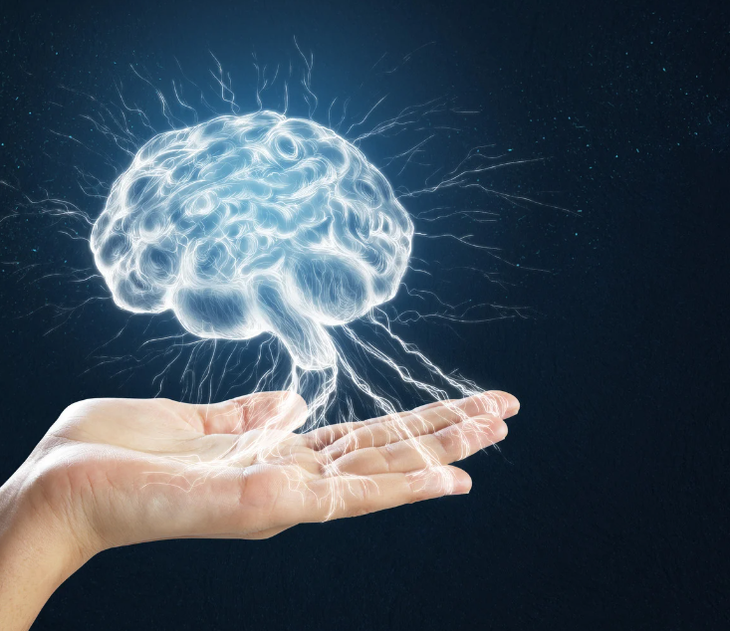
The successful development of "mini brains" is a major step forward in modern biomedical engineering and neuroscience - Photo: AI
In a publication in the journal Advanced Science , a research team from Johns Hopkins University (USA) said that these nerve cell clusters show the same level of activity as a 40-day-old human fetus. This opens up new prospects for treating neurological diseases such as Parkinson's and Alzheimer's.
"Artificial brains" are getting closer to reality
Called human brain organoids, these clumps of cells are cultured from pluripotent stem cells, which have the ability to differentiate into different regions of the brain. They are not conscious, but can perform basic functions such as memory and learning.
In recent years, thanks to the development of 3D technology, these organoids can not only demonstrate bioelectric activity but can also control simple robots, or even "play" basic video games like Pong, which was once considered a miracle in the field of neurobiology.
However, until now, most of the organoids created only simulate a certain brain region such as the cerebral cortex, midbrain or cerebellum, but have not reproduced the way brain regions coordinate activities as in reality. If we want to study neurodevelopmental or psychiatric disorders, science needs a model that represents the entire human brain in action.
According to researcher Annie Kathuria, we can’t ask a person to let us look at their brain to study autism. But whole-brain organoid models could allow us to directly monitor the disease process, thereby testing the effectiveness of treatments and even personalizing treatment regimens.
After years of experimentation, Kathuria’s team became one of the first in the world to develop multi-regional brain organoids (MRBOs). First, they cultured neurons from different regions of the human brain, along with their underlying blood vessels, in separate culture dishes. These regions were then connected using a “bio-superglue” protein, which allows the tissues to connect and interact with each other.
As a result, brain regions began to produce synchronized electrical activity, forming a unified network. Notably, the research team also recorded the initial appearance of the blood-brain barrier. That is the layer of cells that surrounds the brain, helping to control substances that can enter the brain.
New opportunities in the treatment of neurological diseases
Although much smaller than a real human brain, each MRBO contains only 6-7 million neurons compared to tens of billions in an adult. However, with about 80% of the cells characteristic of early fetal development, these models offer unprecedented analytical opportunities.
MRBO could be used to test drugs in human models instead of animals, according to the Johns Hopkins team. Currently, 85-90% of drugs fail in phase 1 clinical trials, and that rate is as high as 96% for drugs to treat neurological diseases, largely because preclinical studies rely heavily on mice or other animal models.
Moving to MRBO testing can help speed up progress and improve success rates.
"Alzheimer's disease, autism, and schizophrenia all affect the entire brain, not just one region. If we understand what happens in the early stages of brain development, we may find entirely new targets for treatment," said researcher Annie Kathuria.
Experts say the research is a major step forward in modern biomedical engineering and neuroscience. From complex organoid models, scientists can move to the stage of personalized diagnosis and treatment, where each patient has their own brain model built to accurately test the effects of drugs.
In addition, future potential includes brain-computer interfaces and even a new direction for artificial intelligence based on biological organoids.
Source: https://tuoitre.vn/dot-pha-nuoi-cay-thanh-cong-nao-nguoi-thu-nho-20250729171444933.htm











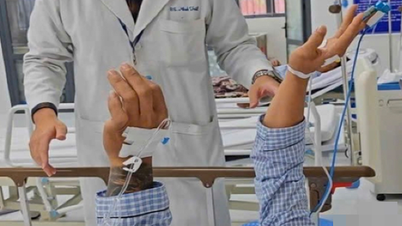

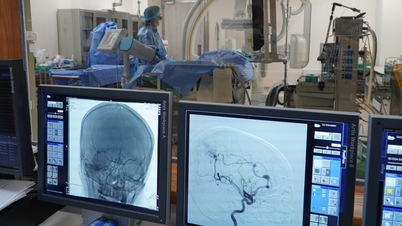
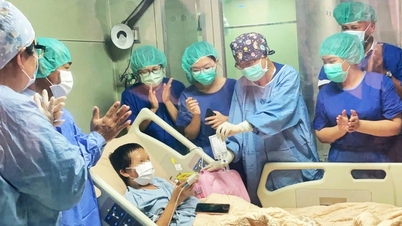

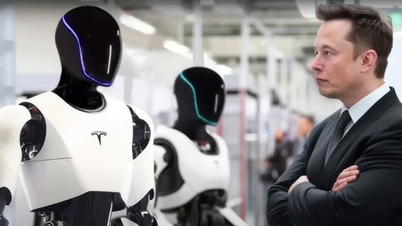

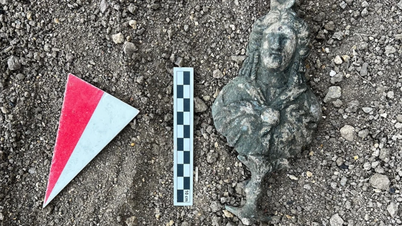






























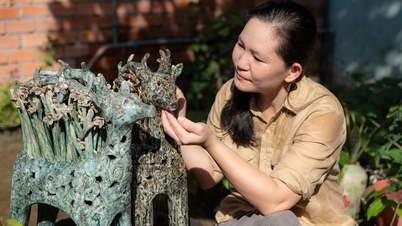

























































Comment (0)